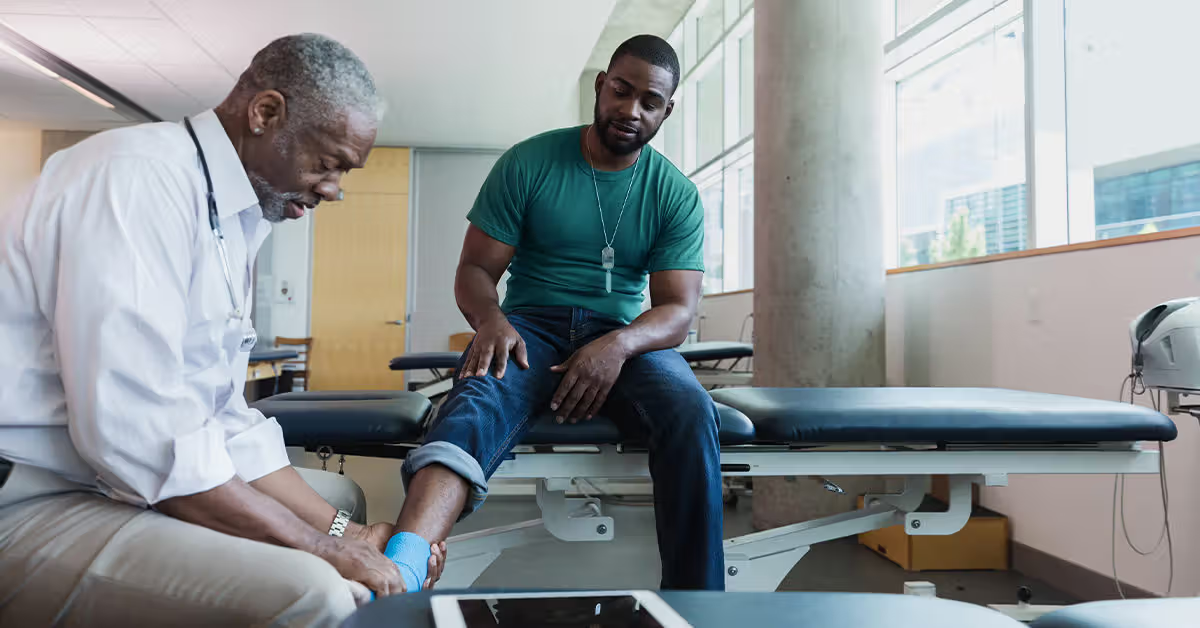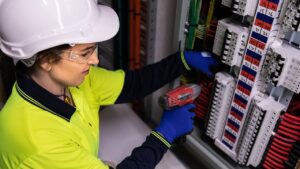
Back and ortho difficulties are regular problems that a lot of people have as they age or get hurt. When addressing these kinds of issues, it is important to find the appropriate course of treatment that not only reduces pain but also helps recovery. Given the several healing choices, people may find it difficult to decide which is the perfect one. Physicians and other medical professionals, like bone doctor, play a very important part in helping patients find the perfect treatment options for their condition. To get the finest care, it’s important to know about all of the options, whether you’re looking at conservative ways or more expensive ones.
Knowing Conservative Treatment Alternatives
For orthopedic and spine problems, conservative treatments usually form the initial line of defense. These techniques seek to control discomfort, increase mobility, and encourage healing without reference to surgery. Depending on the diagnosis, a bone doctor might advise combining the following approaches:
- Customized exercises and stretches in physical therapy help to build muscles and strengthen joints.
- Medications to lower pain and swelling include anti-inflammatory medicines, painkillers, or tissue relaxants.
- Devices like braces or splints help to reduce movement and give the afflicted area support.
- Advice regarding posture, ergonomics, or activity changes to stop more strain or damage.

Surgery method
Although many orthopedic and spine disorders respond nicely to conservative therapies, if non-invasive approaches fail to offer sufficient relief, surgery may become required. To decide whether this road is suitable, a bone specialist assesses several elements like the degree of the condition, the general state of the patient, and the expected result of surgery.
- Common for disorders including degenerative disc degeneration, spinal fractures, or scoliosis, spinal fusion surgery consists of fusing two or more vertebrae to alleviate pain and restore stability.
- When joint damage is severe, such as that of a hip or knee replacement, replacing the injured joint will restore function and eradicate discomfort.
- Arthroscopy is one of the minimally invasive procedures; it uses a camera to direct the surgeon through small incisions, therefore lowering recovery periods and complications.
New treatments and advanced technologies
Medical technology has advanced to provide more successful orthopedic and spine problem treatment approaches. These developments give patients choices with fewer hazards, faster recovery, and more accuracy. Among these innovations are:
- Smaller incisions and faster recovery times follow from the exact, minimally invasive treatments performed under robot assistance.
- Stem cell therapy and platelet-rich plasma are two examples of regenerative medicine approaches meant to boost tissue repair and stimulate the body’s own healing process.
- Advanced imaging systems enable thorough vision of the afflicted area, therefore supporting specific diagnosis and therapy planning. This is 3D imaging and navigation.
Choosing the best treatment for orthopedic and spine problems takes a thorough look at all the choices. Whether choosing conservative treatment or thinking about surgery, patients should closely collaborate with healthcare providers to select the best course of action depending on their particular requirements and medical past. Patients can better control their conditions and work toward long-term healing by using a variety of treatments, such as physical therapy and advanced technologies.







